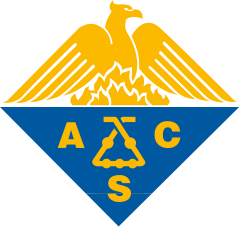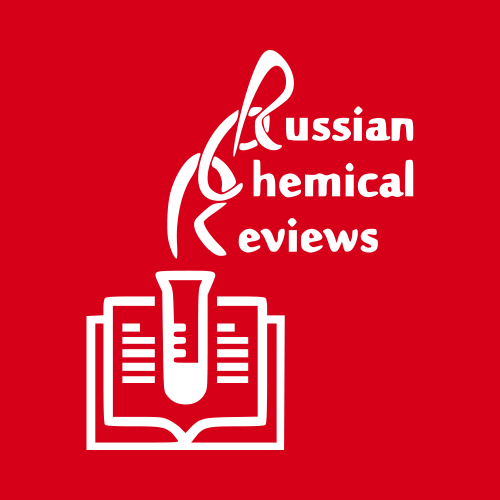Novel 2-Thienyl- and 2-Benzothienyl-Substituted 6-(2-Imidazolinyl)Benzothiazoles: Synthesis; in vitro Evaluation of Antitumor Effects and Assessment of Mitochondrial Toxicity
Background: Differently substituted thiophenes are largely studied due to their diverse pharmacological properties, especially anticancer activity. Recent studies have reported on interesting benzothiophene compounds antitumor properties and we also recently reported on the synthesis, strong antitumor activities and DNA binding features of substituted thieno[3',2':4,5]thieno- and benzo[b]thieno[2,3-c]quinolones, containing different substituents, mostly amidino- or substituted amidino- groups. </p> <p> Objective: The objective of presented paper was to prepare a series of novel cationic 2-thiophene and 2- benzothiophene substituted 6-(2- imidazolinyl)benzothiazole derivatives and to test their antiproliferative activity against several human cancer cell lines. </p> <p> Method: Synthesis of 2-thiophene and 2-benzothiophene substituted 6-(2-imidazolinyl)benzothiazole derivatives was carried out by condensation reaction of 2-amino-5-(2-imidazolinium)benzenethiolate with aldehydes or carbonyl chloride derivatives followed by two simple acid-base reaction steps was used for their conversion into targeted mesylates. Evaluation of antiproliferative effects and cell death was done by use of MTT assay and annexin-V test, while expression of sphingosine kinase 1 was studied by Western blot and gluthatione intracellular levels were measured by use of a luminescence-based assay. </p> <p> Results: Preparation of water soluble mesylate salts 3a-3j was successfully achieved. In general, all compounds showed pronounced anticancer activities in vitro. Compound 3f showed strong and selective cytostatic activity in cervical carcinoma cells (HeLa) with moderate toxicity on normal fibroblasts. Similar to all other tested compounds, 3f cannot be considered a mitochondrial toxicant. One of the major mechanisms accounting for observed cytostatic effects of 3f was induction of apoptosis, probably due to specific inhibition of acid ceramidase activity. Compound 3h negatively regulated activity of sphingosine kinase 1 in HeLa cells. </p> <p> Conclusion: Design of novel inhibitors targeting enzymes that regulate sphingolipid biosynthesis and turnover could change the landscape for the development of new anticancer drugs. </p> <p>
Топ-30
Журналы
|
1
2
|
|
|
Molecules
2 публикации, 16.67%
|
|
|
Antioxidants
1 публикация, 8.33%
|
|
|
Molecular Diversity
1 публикация, 8.33%
|
|
|
Bioorganic Chemistry
1 публикация, 8.33%
|
|
|
Journal of Organometallic Chemistry
1 публикация, 8.33%
|
|
|
Journal of the Chinese Chemical Society
1 публикация, 8.33%
|
|
|
ACS Medicinal Chemistry Letters
1 публикация, 8.33%
|
|
|
ChemMedChem
1 публикация, 8.33%
|
|
|
Russian Chemical Reviews
1 публикация, 8.33%
|
|
|
Bioorganic and Medicinal Chemistry Letters
1 публикация, 8.33%
|
|
|
Organic and Biomolecular Chemistry
1 публикация, 8.33%
|
|
|
1
2
|
Издатели
|
1
2
3
|
|
|
MDPI
3 публикации, 25%
|
|
|
Elsevier
3 публикации, 25%
|
|
|
Wiley
2 публикации, 16.67%
|
|
|
Springer Nature
1 публикация, 8.33%
|
|
|
American Chemical Society (ACS)
1 публикация, 8.33%
|
|
|
Autonomous Non-profit Organization Editorial Board of the journal Uspekhi Khimii
1 публикация, 8.33%
|
|
|
Royal Society of Chemistry (RSC)
1 публикация, 8.33%
|
|
|
1
2
3
|
- Мы не учитываем публикации, у которых нет DOI.
- Статистика публикаций обновляется еженедельно.









